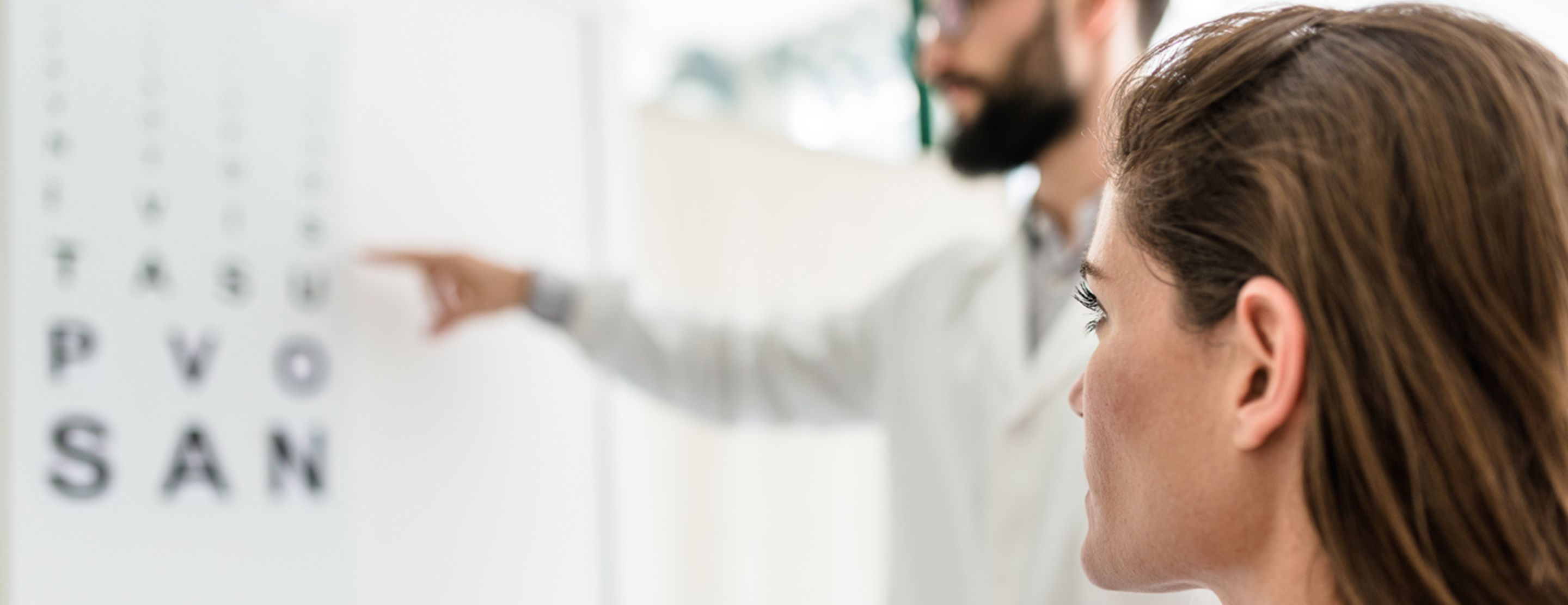Article
At-home vision testing by patients compares favorably to in-office evaluations during COVID-19 pandemic
Author(s):
The study, by investigators from the Casey Eye Institute, Oregon Health and Science University, supported the use of at-home tests during teleophthalmology care, an important point considering the significant drop in in-person VA evaluations during the pandemic.

Results obtained from 3 different types of visual acuity (VA) tests designed to be used at home during the COVID-19 pandemic seemed to compare favorably within 1 line of vision to VA measurements performed during a standard office visit, according to a study by Kellyn Bellsmith, MD, and colleagues from the Casey Eye Institute, Oregon Health and Science University, Portland, Oregon.1
Those at-home tests included those on a printed chart, a mobile home app, and a website.
The study results supported the use of at-home tests during teleophthalmology care. This is important considering the significant drop in in-person VA evaluations during the pandemic.
Bellsmith and coauthors arrived at their conclusions about the value of at-home VA testing through a randomly assigned, comparative effectiveness research study. During the study, the participants performed the various tests at home and the results were compared with the VA measurements arrived during a follow-up regular clinic examination.
The participants were recruited from 4 university-based ophthalmology clinics from July 2020 to April 2021. All subjects, who had VA levels of 20/200 or better, were randomized to perform 2 of the 3 tests evaluated in their homes during the 3 days before their regular in-office examinations. The subjects then completed an assessment of the usability of the tests. Their VA obtained on the at-home tests were compared with the in-office results.
Results of at-home VA testing
The investigators evaluated the results from 121 subjects (mean age, 63.8 years). The mean VA measured during the in-office visits was 0.11 logarithm of the minimum angle of resolution (logMAR) (Snellen equivalent 20/25). The mean difference expressed in logMAR units between the at-home VA tests and in-office VA tests was −0.07 for the printed chart, −0.12 for the mobile phone app, and −0.13 for the website test, Bellsmith said.
One drawback was that older patients were less likely to have access to digital tools, the investigators noted.
“Compared with in-office acuity measurements, all 3 at-home tests were within 1 line of Snellen acuity,” the investigators wrote.
They also pointed out that additional development and validation of at-home VA tests are needed considering the expanded use of teleophthalmology care.
Reference
1 Bellsmith KN, Gale MJ, Yang S, et al. Validation of home visual acuity tests for telehealth in the COVID-19 era. JAMA Ophthalmol Published online March 31, 2022. doi:10.1001/jamaophthalmol.2022.0396
Newsletter
Don’t miss out—get Ophthalmology Times updates on the latest clinical advancements and expert interviews, straight to your inbox.




